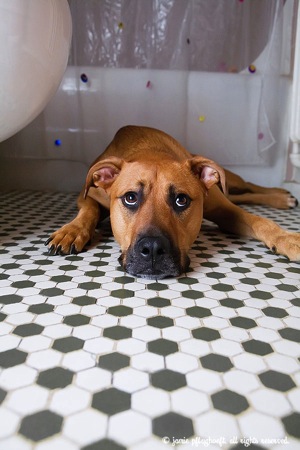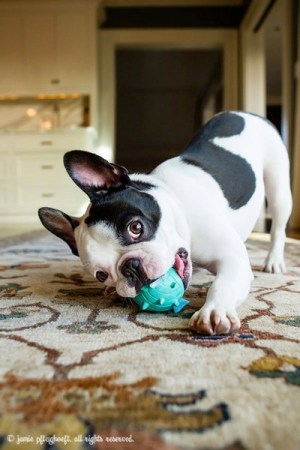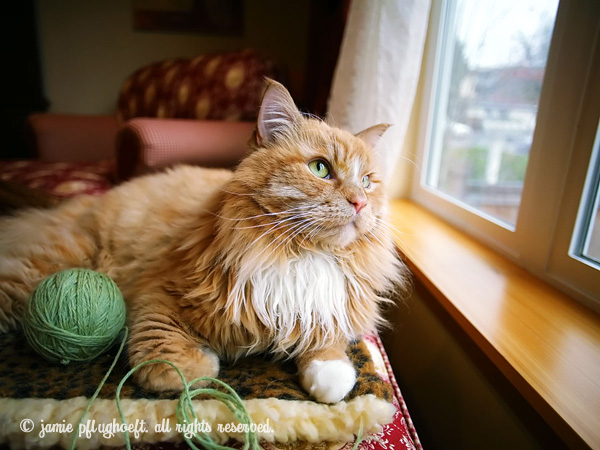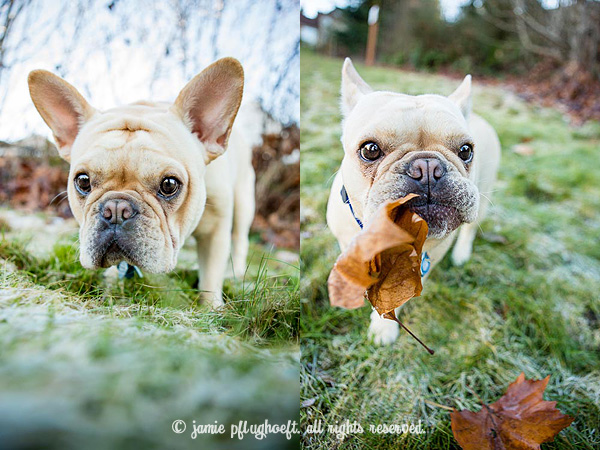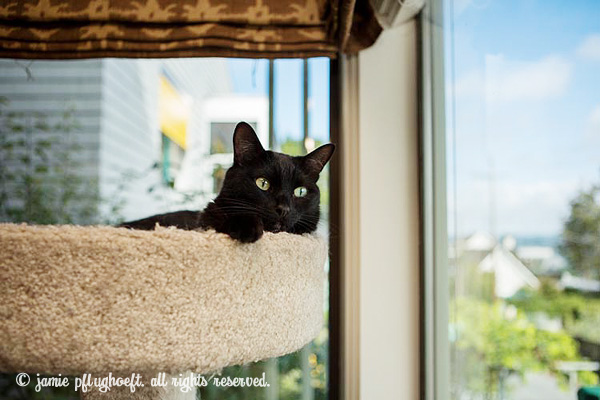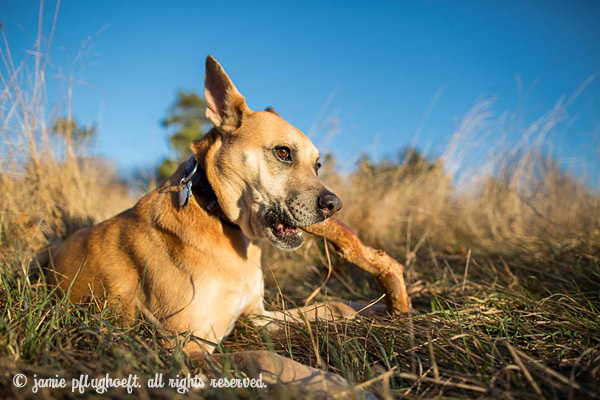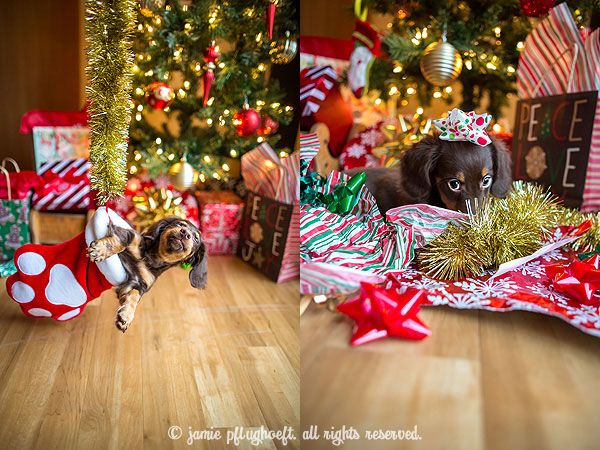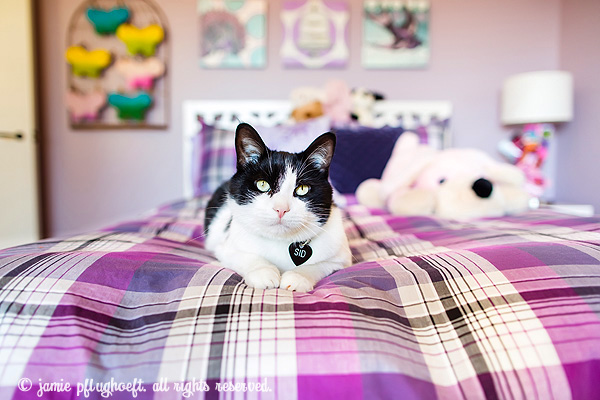Introduction
The art of pet photography can be both rewarding and challenging. Capturing the perfect shot of an unpredictable creature like a cat or a dog requires a unique set of skills and techniques. In this article, we will explore the top 10 pet photography tips and techniques used by the professionals to help you elevate your skills and capture stunning pet portraits.
Tip 1: Relax
Animals, like little emotional sponges, have the ability to sense our emotions. If you are stressed and anxious during a pet photo shoot, your furry subject will pick up on it and become stressed and anxious as well. This can result in unflattering poses and expressions. To set the right mood, it is important to relax and have fun. Take a deep breath, let go of any tension, and approach the shoot with a positive and playful mindset. Remember, capturing beautiful images is a collaborative effort between you and your pet.
Tip 2: Focus on eyes and expressions
The eyes are the windows to an animal’s soul. They are the most expressive part of their face and can convey a range of emotions. To create engaging and captivating pet portraits, it is essential to focus on the eyes and facial expressions of your subject. By capturing the intensity and emotion in their eyes, you can tell a story and truly connect with your viewers. Consider using treats or sounds to grab their attention and direct their gaze towards the camera.
Tip 3: Get rid of clutter first
A cluttered background can distract from the main subject and take away from the overall impact of your pet portraits. Before you start shooting, take a few moments to assess the shooting location and remove any unnecessary clutter or distracting objects. Ensure that the surroundings complement and enhance the aesthetic appeal of your images. A clean and uncluttered environment not only produces visually pleasing results but also minimizes the need for post-processing work.
Tip 4: Shoot in their world
To create truly engaging and intimate pet portraits, it is important to see the world from their perspective. For larger animals like Great Danes, shoot from a height that matches the level of your hips. For smaller animals like Chihuahuas, get down to their level, which may be as low as your ankles. Consider using a step stool to reach the level of a cat lounging on a tall structure. By shooting from their eye level, you can capture their unique personalities and create a more immersive visual experience for viewers.
Tip 5: Be flexible and do some stretching first
Professional pet photographers are known for their ability to bend, twist, turn, crouch, and crawl to capture the perfect shot. To achieve the desired composition, it is important to be flexible and willing to move around during the shoot. Stretching beforehand can help prepare your muscles for the physical demands of pet photography. Remember, even small movements can trigger a pet to change its pose or lose interest. Avoid sudden or large movements that may startle the animal and opt for slow, deliberate adjustments instead.
Tip 6: Go where the light is best
Lighting plays a crucial role in any form of photography, and pet photography is no exception. Adequate lighting is essential to capture the catchlights in your pet’s eyes, which adds depth and life to the portraits. Avoid photographing in dimly lit rooms or under heavily overcast days, as this can result in dull and lackluster images. Look for areas with bright yet diffused light that creates a soft and flattering illumination. Before beginning your shoot, explore the environment to find the best sources of natural light, and position yourself accordingly.
Tip 7: Pay your model
Just like humans, animals also need motivation and rewards to stay engaged during a photo shoot. Determine what drives your pet’s attention and use it as a form of payment or reward throughout the session. For dogs, treats, toys, or affection can be effective motivators. Cats may respond to feather toys, paper bags, tuna fish, or catnip. Horses may be motivated by their favorite foods, such as carrots or apples. By understanding what stimulates and excites your pet, you can encourage cooperation and capture their unique expressions and behaviors.
Tip 8: Create a concept and a shot list
Animal imagery that tells a story and evokes emotions is often the most engaging. Create a concept or theme for your pet portraits to add depth and context to your images. For example, a cat looking up at an owner opening a bag of food in the kitchen can convey desire, while a dog waiting longingly by a front door captures the sense of longing. Plan your shots in advance and create a shot list to ensure that you capture a variety of poses and scenes. By infusing meaning into your pet portraits, you can connect with your audience on a deeper emotional level.
Tip 9: Be quiet
Constantly barking commands or making loud noises can be overwhelming and disorienting for pets. Dogs can become confused, and cats may disengage or leave the room altogether. Instead of using verbal commands, try to communicate with the pets nonverbally. Utilize hand signals or gentle pointing gestures to guide them during the shoot. If verbal commands are necessary, speak calmly and avoid repeating them excessively. By minimizing excessive noise and commanding, you can create a peaceful and focused environment for your pet photography session.
Tip 10: Move slowly
Movements during a pet photo shoot should be slow and deliberate to prevent startling the animal. This is especially important when working with cats, as sudden movements can drastically change their expressions or cause them to flee. Additionally, animals in a sit or lay-stay position may be tempted to follow your movements if you shift position abruptly. To avoid unwanted disruptions, move slowly and avoid making direct eye contact with your subject. Reach, bend, and lean when necessary to capture unique angles and perspectives. Remember, patience and adaptability are key to achieving outstanding pet portraits.
In conclusion, with the right techniques and mindset, you can master the art of pet photography and capture stunning portraits of your furry friends. By relaxing, focusing on their eyes and expressions, decluttering the background, shooting from their perspective, being flexible, utilizing good lighting, providing motivation, creating a concept, maintaining a calm environment, and moving slowly, you can elevate your pet photography skills to new heights. So grab your camera, connect with your pets, and let your creativity shine through your lens!
The article is compiled and compiled by tipcamera.com


